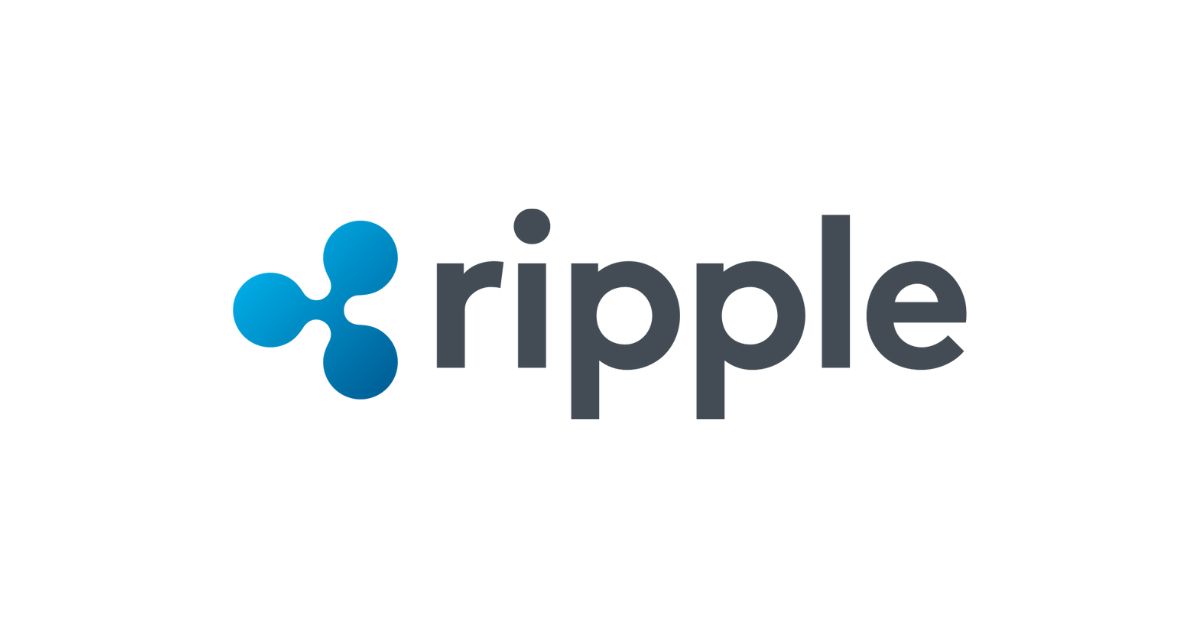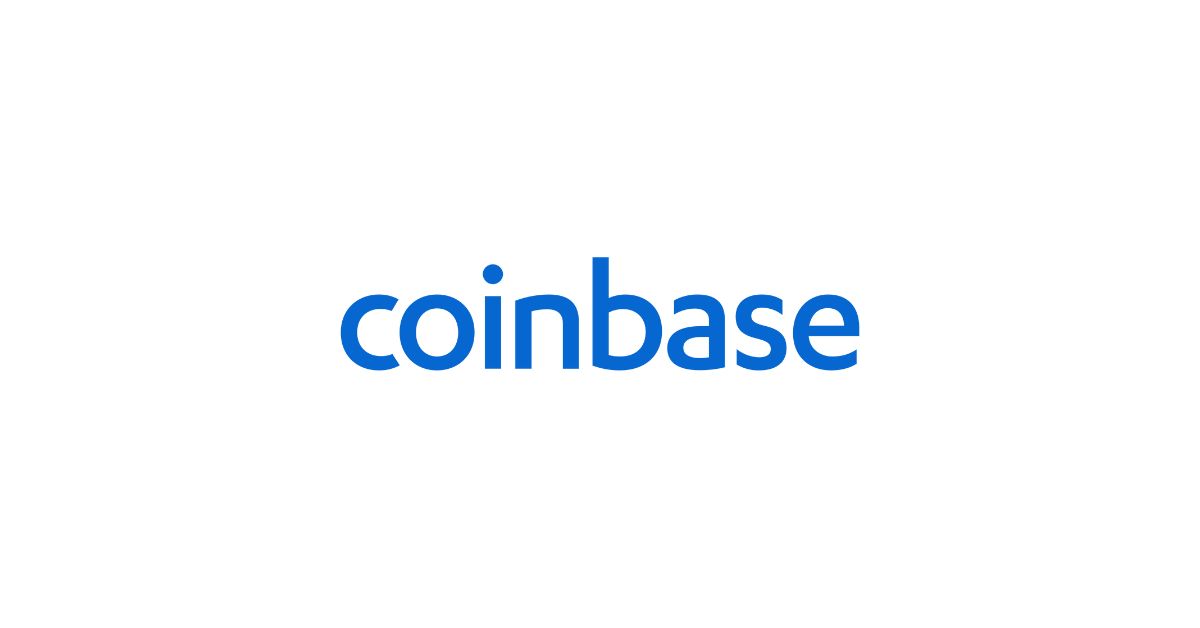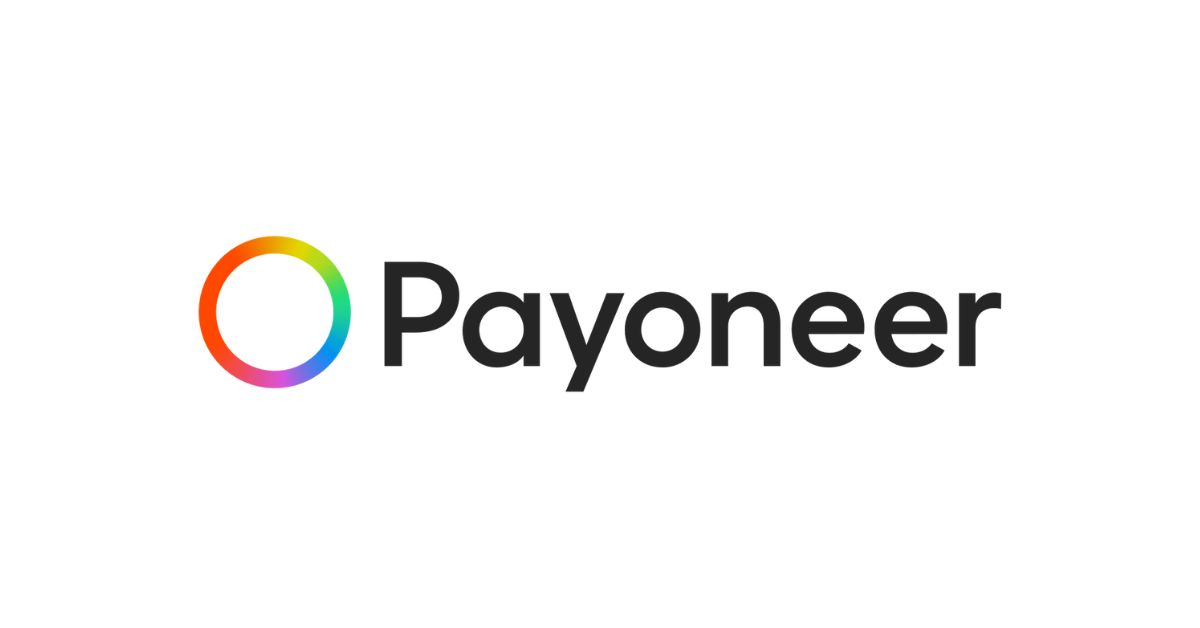The financial technology sector, commonly referred to as fintech, has cemented its role as an instrumental force within the global financial landscape, with the United States being a pivotal player. As consumers increasingly demand seamless, efficient, and secure access to financial services, the US fintech industry has risen to the challenge, demonstrating exceptional growth and innovation. This industry encompasses many activities, from mobile banking and cashless transactions to cryptocurrency trading and peer-to-peer lending, signifying a shift from traditional financial paradigms to technology-driven solutions. The continuous integration of advanced technologies such as AI, blockchain, and data analytics has fueled this growth further, propelling the US fintech market towards a leading position on the global stage.
In response to the growing digital economy, US fintech firms are not only multiplying in number but also the caliber of services offered, ensuring that both individuals and businesses benefit from more accessible financial tools. These solutions aim to enhance customer experience, increase cost-efficiency, and open doors for financial inclusion, particularly for underserved communities. Traditional banks, recognizing the potential threats and opportunities that fintech innovations pose, have begun collaborating with or acquiring fintech startups to stay relevant, further underscoring the significance of this burgeoning industry. We will delve deeper into the dynamics and size of the US fintech industry and explore the factors that contribute to its ever-expanding footprint.
The Growth Dynamics of US Fintech
The US fintech industry’s growth is nothing short of remarkable. At its heart, this surge is attributed to a confluence of technological advancements, regulatory changes, and evolving customer expectations. The proliferation of smartphones and widespread internet access have democratized the availability of financial services, making transactions possible anytime and anywhere. Moreover, regulatory frameworks, such as the revised Payment Services Directive (PSD2) in Europe, influence US-based companies, fostering an open banking environment that precipitates innovation. Venture capital has also played a substantial role in fueling fintech’s growth. Investors continue to pour billions into the sector, betting on the emergence of new platforms that could potentially redefine how financial services are delivered and consumed.
Significantly, the competitive landscape of the US fintech industry is characterized by a blend of startups and established tech giants, with companies like Square, Stripe, and PayPal at the forefront of the revolution. These entities are redefining the boundaries of financial services by offering solutions that not only compete with those of traditional financial institutions but often surpass them in terms of convenience and user engagement. With a focus on customer-centric design, data security, and instantaneity of service, fintech in the US is consistently breaking new ground. Continuous tech innovation suggests a sustained growth trajectory and implies that the current market size is just the tip of the iceberg concerning the industry’s full potential.
The Magnitude of the US Fintech Market
Quantifying the size of the US fintech industry can be challenging, yet it is unmistakable that its footprint is expansive and still expanding. In recent years, statisticians and market analysts have observed an exponential increase in fintech investment, with various reports pegging the valuation of the US market at several hundred billion dollars. This rapid growth is further evidenced by the number of unicorns – startups valued at over $1 billion – predominantly in the fintech sector. These startups often focus on niche areas such as payment processing, lending, financial management, and insurtech, which have witnessed increased consumer and business adoption rates.
Fintech’s scale in the US is additionally illustrated in the widespread use of mobile payments, with services like Apple Pay and Venmo becoming household names. This movement towards digitized transactions is especially pronounced in the context of the COVID-19 pandemic, which has accelerated the transition to digital financial interactions. Data suggests a significant uptick in e-commerce, digital wallets, and contactless payments, signaling a transformative period for the industry. While precise forecasts vary, the consensus is clear: the US fintech industry is not only big—it’s a dynamic, evolving powerhouse reshaping financial services for the digital age.














